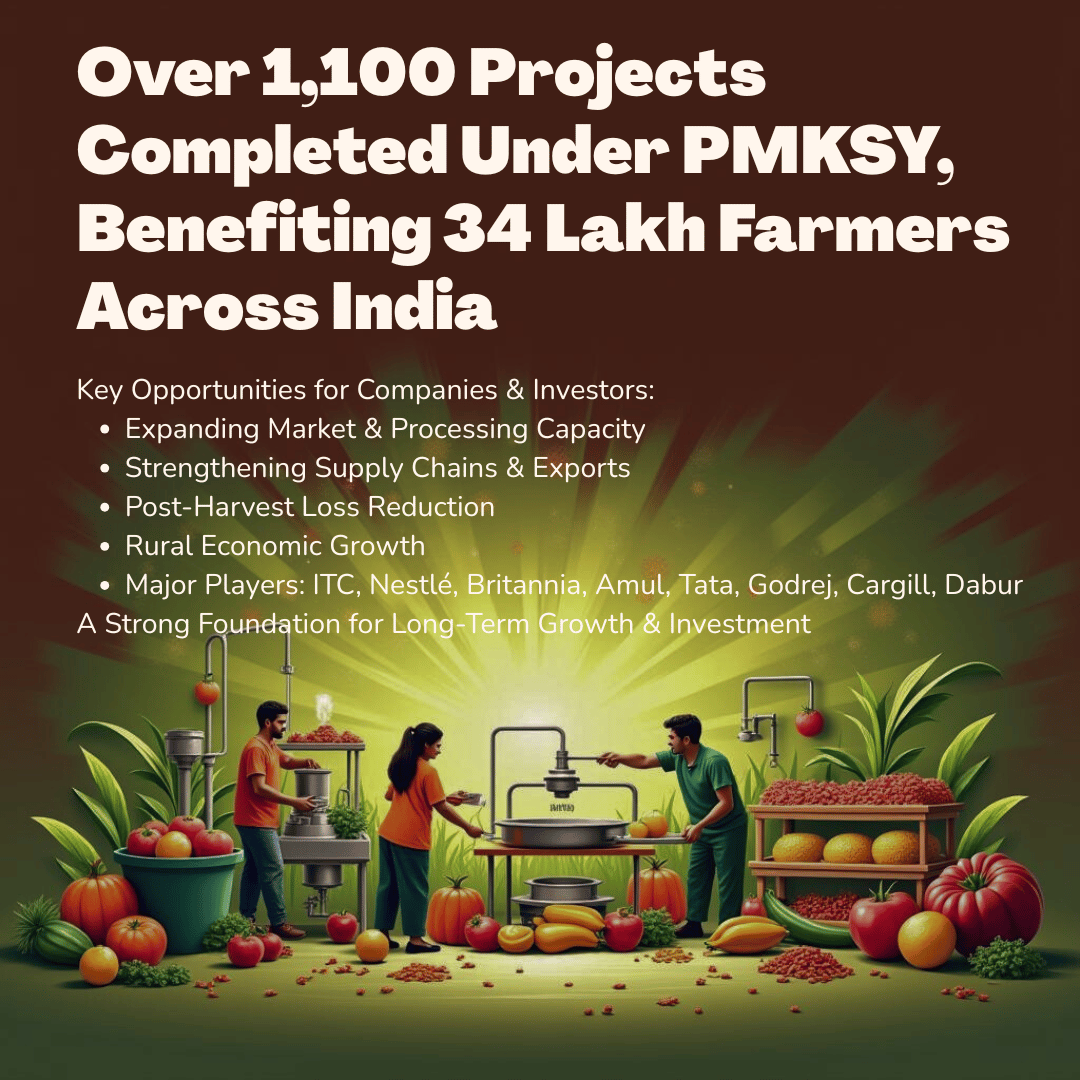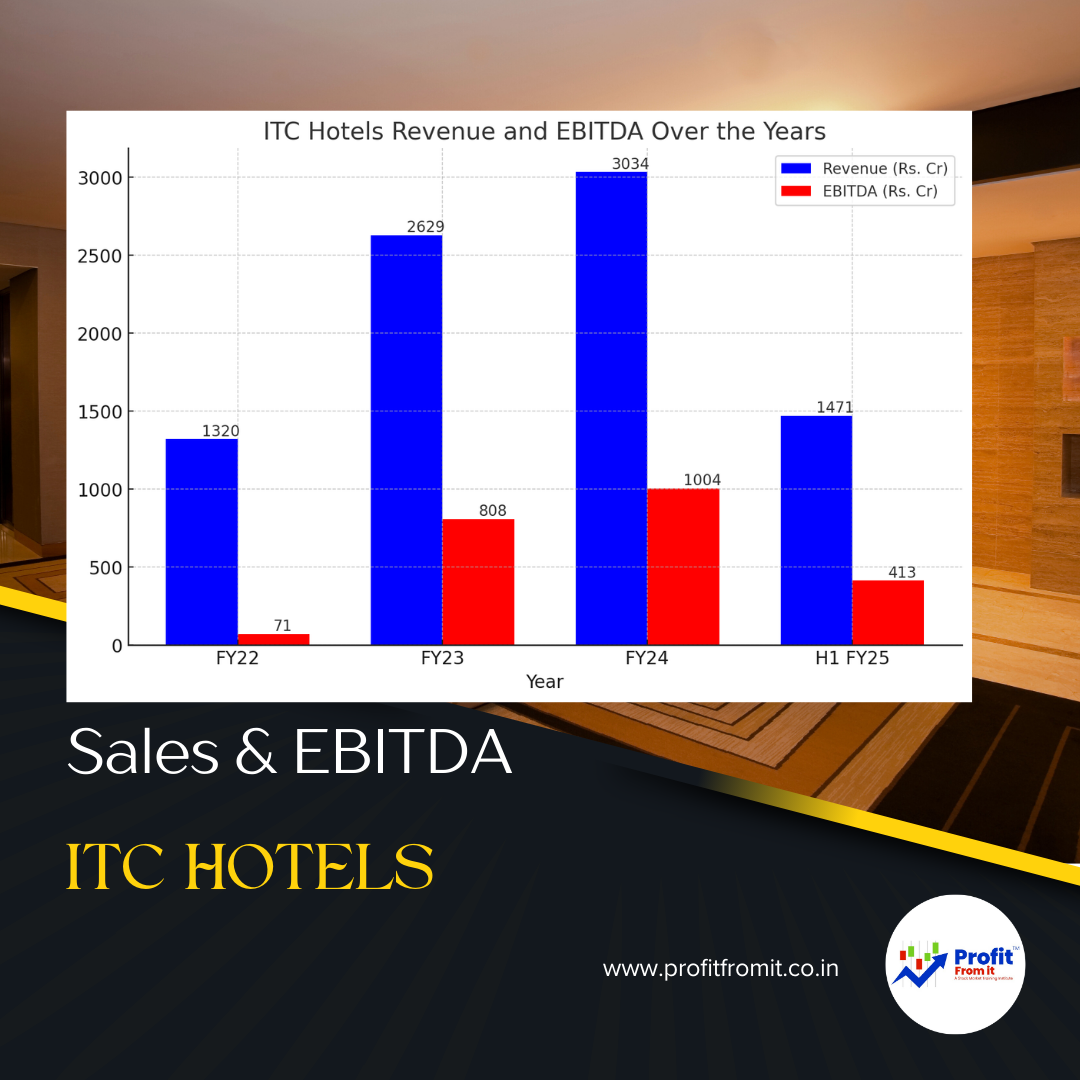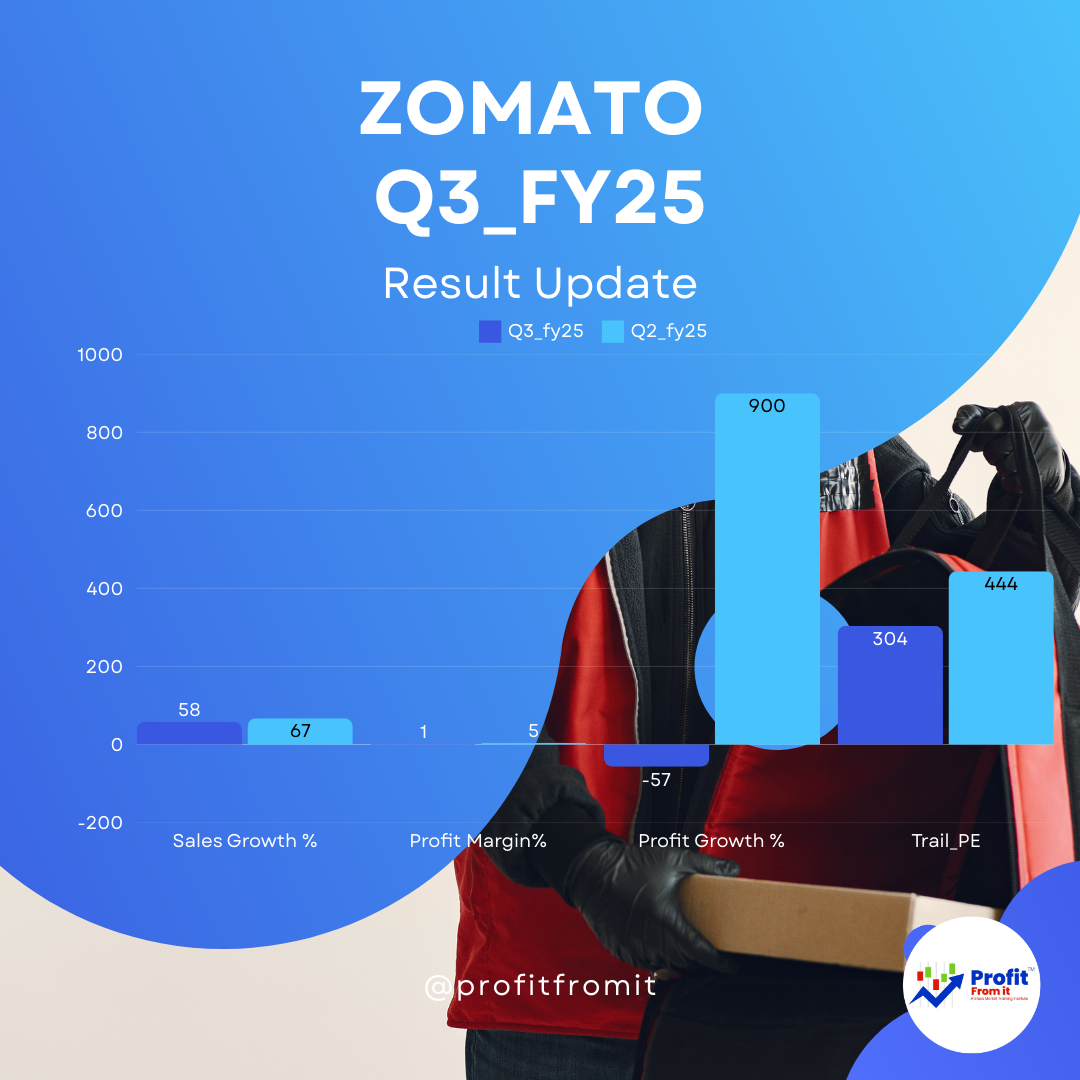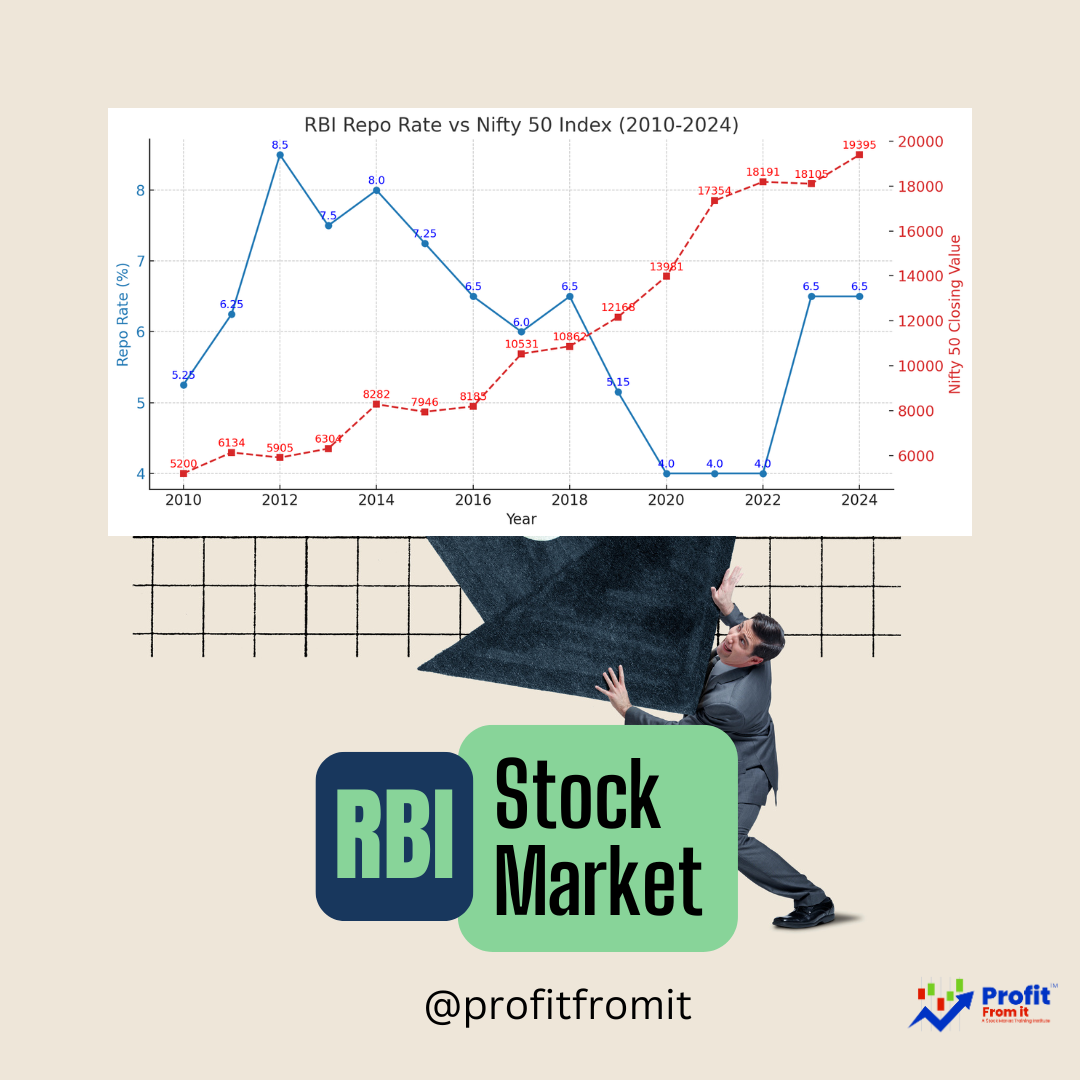
Long-Term Growth Potential in India’s Food Processing Sector: Insights from PMKSY Success
India’s food processing sector is experiencing a transformative phase, driven by over 1,100 successfully completed projects under the Pradhan Mantri Kisan SAMPADA Yojana (PMKSY) as of June 2025. This momentum presents significant long-term opportunities for companies, investors, and stakeholders committed to sustainable growth.
Key Highlights of PMKSY’s Achievements
- Total Projects Sanctioned: 1,601
- Projects Completed/Operational: 1,133
- Farmers Benefited: 34 lakh+
- Processing Capacity: Over 3 million metric tonnes annually
- Total Investment: Approx. ₹30,656 crore
These developments lay a strong foundation for the future of India’s food processing industry, attracting numerous companies aiming to expand their footprint.
Strategic Long-Term Outlook for Companies
1. Expanding Market Opportunity
Major industry players like ITC Limited, Prakash Industries, Dalda Foods, Britannia Industries, and Nestlé India are poised to leverage new processing hubs and infrastructure expansions. Regional players such as Venkateshwara Hatcheries and Godrej Agrovet are also capitalizing on regional schemes to strengthen their supply chains.
2. Strengthening Supply Chain & Export Potential
Leading cold chain and logistics companies like Gati-Kantakun Logistics, DHL Supply Chain, and Blue Dart will benefit from enhanced infrastructure, enabling India to scale up exports of processed foods and agricultural products.
3. Reducing Post-Harvest Losses & Increasing Farmer Income
Companies involved in post-harvest infrastructure like Mahindra Logistics and Adani Group (via Adani Ports and Logistics) are establishing integrated supply chain solutions that create long-term value and support rural livelihoods.
4. Favorable Policy Environment & Government Support
With supportive policies, advanced technological innovations, and ongoing infrastructure projects, firms such as Cargill India, Amul, and Sundar Natural Food are strategically positioned to flourish in this evolving landscape.
Investment & Growth Opportunities
- Large Conglomerates: ITC, Nestlé India, Britannia, and Dabur continue to expand their processing capacities.
- Emerging Players: Companies like Innovpa Foods, Himani Foods, and Tata Consumer Products are exploring regional opportunities within the scheme.
- Specialized Firms: Cold chain and logistics players such as Snowman Logistics and Gati Ltd. are critical enablers of sector growth.
Future Outlook
The ongoing projects, supported by resilient government policies, signal a promising future. As companies deepen their presence in new processing zones, the sector’s growth is expected to accelerate, driven by increasing domestic consumption, export demand, and rural empowerment initiatives.
Final Thoughts
The success stories of various companies align with India's ambitious goals to reach a $50 billion processed food industry by 2027. Pioneering firms like ITC, Nestlé, Britannia, Amul, and logistics giants are expected to benefit significantly long-term, making this a compelling time for investment and strategic expansion.
Disclaimer:
This blog reflects current sector trends and company involvement as of June 2025. Actual future performance will depend on policy continuity, technological advancements, and global market conditions.


 for Investors The provided chart outlines key metrics for Nifty 500 companies across different periods (FY22 t.png)





